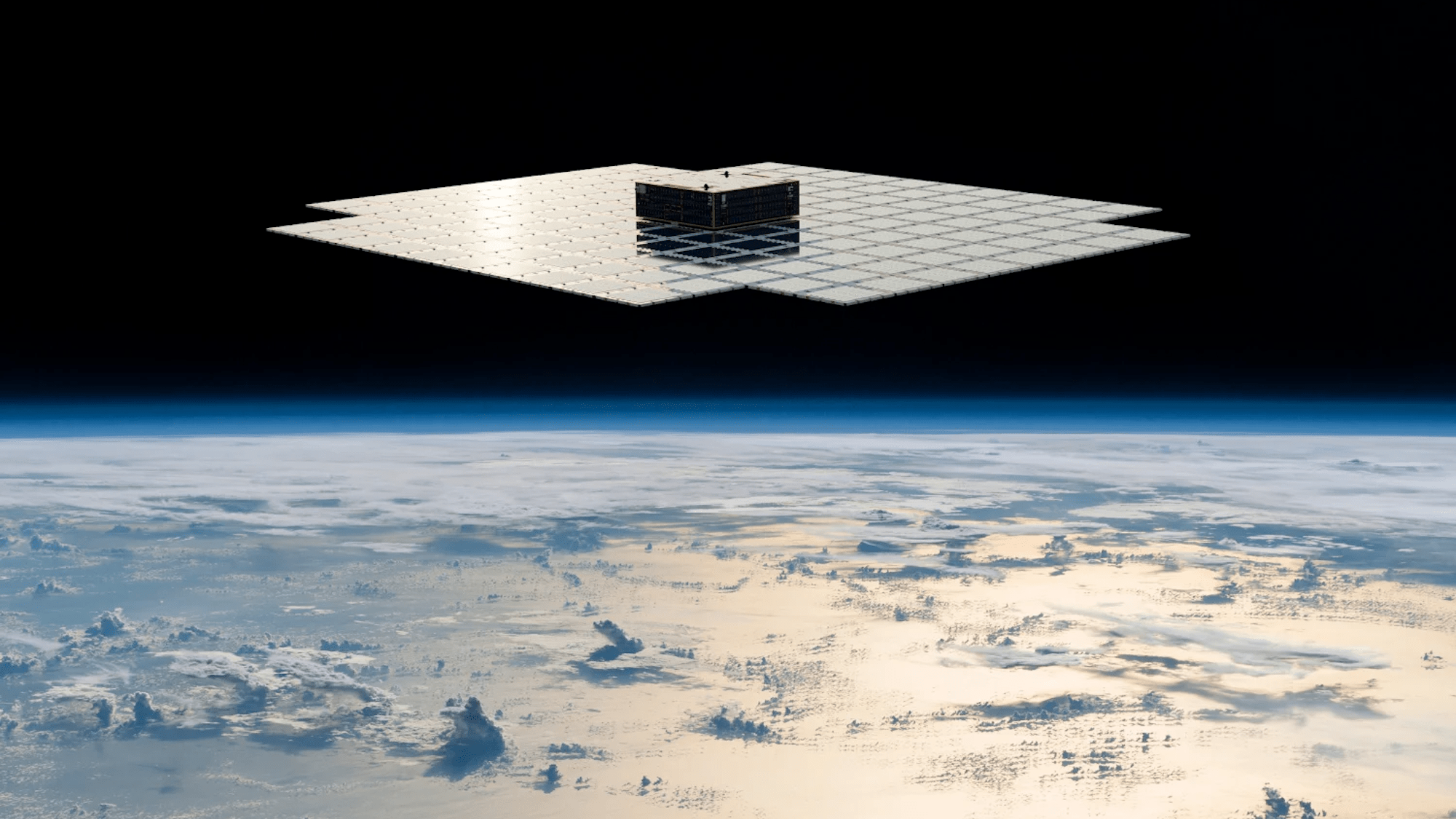

A Texas telecommunications startup launched its first five massive “BlueBird” communications satellites into orbit on September 12. Each device is nearly 700-feet-wide when fully deployed, and like BlueWalker 3—AST SpaceMobile’s 2022 prototype, also in orbit—every BlueBird will soon shine brighter than most stars and planets in the night sky. But despite the concerns of critics and experts alike, the company’s CEO vows they are “just getting started.”
Founded in 2017, AST SpaceMobile is currently working with AT&T to construct the world’s first space-based cellular broadband network. In a statement on Thursday, AT&T Chief Operating Officer Jeff McElfresh said it’s all part of a plan to offer “a future where our customers will only be hard to reach if they choose to be.” AST SpaceMobile successfully delivered its BlueWalker 3 prototype into low-Earth orbit (LEO) in September 2022, and demonstrated it by allowing a smartphone to make a voice call the following September. Less than a month after the milestone, an international study published in Nature confirmed BlueWalker 3’s peak brightness matched that of Procyon and Achernar, two of the ten brightest stars in the night sky. Subsequent observations recorded even higher magnitudes similar to the stars that make up the constellation of Orion.
[Related: Some space junk just got smacked by more space junk, complicating cleanup.]
Each of the five BlueBirds now in orbit are roughly the same size as BlueWalker 3, meaning they will soon offer similar experiences for sky observers—sometimes visible even to the naked eye. But to achieve a reliable, high speed, and commercially viable satellite broadband network, AST SpaceMobile says it will need to deploy a constellation of nearly 90 satellites.
During a livestream of Thursday’s launch, company founder, chairman, and CEO Abel Avellan said many future satellite iterations will be “three-and-a-half-times larger” than the current BlueBirds. Such a scaling up would make each new, fully deployed device around 2425-square-feet in diameter, or about half the size of a regulation NBA basketball court. As Gizmodo noted on September 13, there are currently no legal restrictions for satellite brightness.
Gigantic satellite constellation arrays are growing at a rate that eclipses both regulatory oversight and experts’ concerns. Shortly after BlueWalker 3’s launch in 2022, the committee speaking on behalf of the International Astronomical Union uniformly denounced its delivery, describing it as “a big shift in the constellation satellite issue [that] should give us all reason to pause.”
AST SpaceMobile is far from the only company pursuing similar projects. SpaceX’s ongoing Starlink internet endeavor intends to eventually include as many as 7,000 satellites in orbit, in spite of its own share of public criticism. Meanwhile, advocates continue to stress the dangers of orbital pollution from decommissioned satellites and debris, often referred to as “space junk.” Without proper oversight and cleanup efforts, experts have repeatedly warned of the possibility of initiating a “Kessler cascade.” In these scenarios, the untenable amount of human-made objects leads to ever-increasing collisions, causing debris to deorbit and pose a danger to anything in its path.
In a statement provided to Popular Science, a spokesperson said that “AST SpaceMobile is committed to the responsible use of space as we advance our goal of using space-based, satellite technology to connect directly with everyday smartphones and help bring broadband to billions of people worldwide who do not have access today.”
UPDATE: 9/13/2024 3:30PM: This article has been updated to accurately include the total number of AST SpaceMobile’s planned constellation satellites, and now includes a statement from the company.
